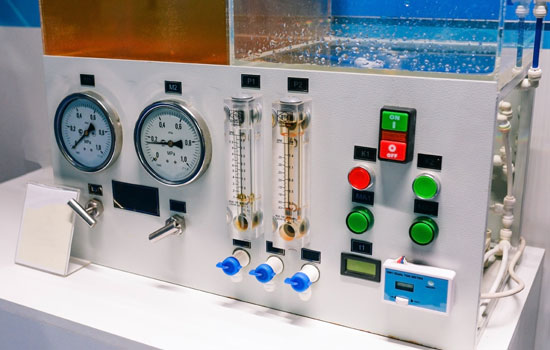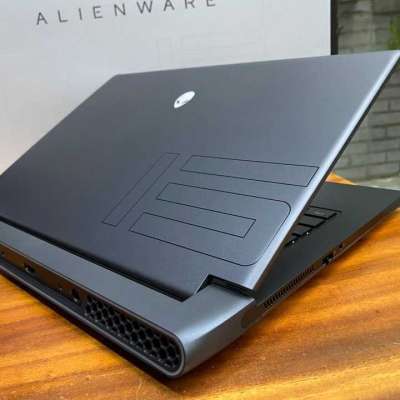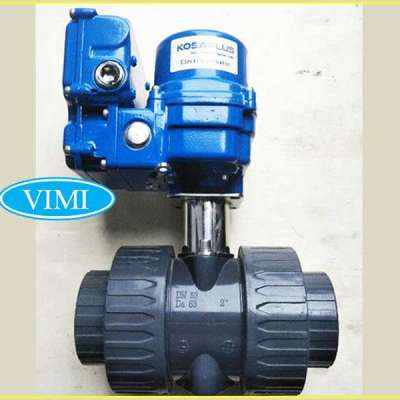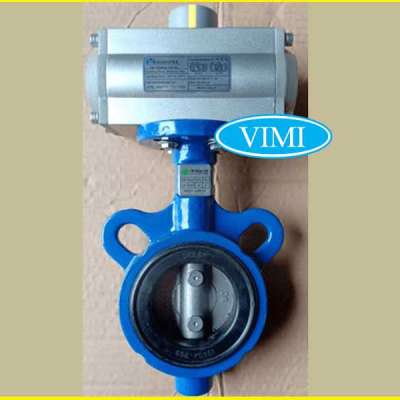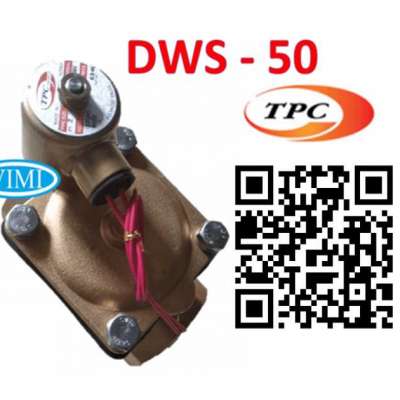The market for continuous glucose monitoring systems market size is anticipated to reach a size of US$ 1.1 billion in 2022 and then grow at a CAGR of 10.8% to US$ 3.0 billion by the end of 2032. In 2021, the global continuous glucose monitoring systems market will be dominated by sensors, with a share of around 48.5%, according to a recent analysis by Future Market Insights.
Continuous glucose monitoring systems are adopted by many end-users including household, and hospitals and diagnostics centers. There is an increase in the usage of continuous glucose monitoring systems components in hospitals and diagnostic centers due to an increase in the demand for sensor.
Currently, companies are focusing on continuous development and the introduction of innovative continuous glucose monitoring system devices to receive FDA approval for various brands, which has led to high competitiveness in the market. Scientists are conducting research and testing continuous glucose monitoring systems to provide effective systems and aid ****ter management of dia****es. Thus, there is scope for the introduction of new and advanced continuous glucose monitoring systems in the near future. Market players operating in the continuous glucose monitoring systems market are focused towards the integration of advanced technologies in products in order to offer variations and trends in the type of blood glucose level display.
On the other hand, the high cost of continuous glucose monitoring systems acts as a restrain for the growth of the market as treatment with continuous glucose monitoring systems costs around US$ 4,930 to US$ 7,120 per person. This makes it unaffordable for a large portion of the global population. For instance, glucose monitors used in continuous glucose monitoring systems cost ****ween US$ 1,000 and US$ 1,400, while sensors cost ****ween US$ 35 and US$ 100 apiece. Besides this, sensors have a very short lifespan – around 3 to 7 days – since they are prone to biofouling, which affects the accuracy of the continuous glucose monitoring systems.
Due to the lack of accuracy in the readings of glucose levels in critical cases, continuous glucose monitors are incapable of preventing severe hypoglycemia stage, in which the glucose level in the body is extremely low. For instance, continuous glucose monitoring systems are up to 21% less accurate when compared with actual plasma glucose values and this percentage increases when there is a rapid rise and fall in plasma glucose. According to the results of studies, it is estimated that the probable reason behind this problem is the real-time performance delay of continuous glucose monitoring systems.
The global continuous glucose monitoring systems market has been categorized on the basis of component into transmitter & monitor, sensor and insulin pump. On the basis of end-use, the continuous glucose monitoring systems market has segmented into household and hospitals and diagnostics centers. In terms of revenue, the household segment dominated the global continuous glucose monitoring systems market. Hospital and diagnostics centers segments are anticipated to expand at the fastest CAGRs over the forecast period.
This continuous glucose monitoring systems report also covers trends that drive each segment and offers analysis & insights regarding the potential of the continuous glucose monitoring systems market in regions such as North America, Latin America, Western Europe, Eastern Europe, APEJ, Japan, Middle East & Africa, and Japan. Among these regions, the APEJ continuous glucose monitoring systems market is projected to exhibit relatively high growth in the global continuous glucose monitoring systems market with a CAGR of 16% over the forecast period. Revenue from the continuous glucose monitoring systems market in APEJ accounted for over 7% of the global continuous glucose monitoring systems market revenue in 2015. Providers of continuous glucose monitoring systems can focus on expanding across several countries in APEJ such as India and China.
Some of the key competitors in the continuous glucose monitoring systems market include Abbott, Medtronic, Dexcom, Animas, Roche, Bayer, Glysens and Ypsomed. These key players are constantly focusing on product innovation and geographical expansion to sustain their market presence and increase revenue generation by developing various types of devices and delivering outstanding offerings to several end-users.
Rising Prevalence of Dia****es and Integration of Artificial Pancreas Systems in continuous Glucose monitoring systems market
The increasing prevalence of dia****es worldwide is driving the demand for innovative and effective dia****ic management devices such as continuous glucose monitoring systems. For instance, as per the International Dia****es Federation, 285 Million people worldwide suffered from dia****es in 2012; out of these, the U.S. accounted for approximately 18.8 Million cases. These facts indicate that the U.S. has high prevalence of dia****es and thus, has high market potential for continuous glucose monitoring systems.
Artificial pancreas device systems are effective in the management of dia****es. In artificial pancreas systems, continuous glucose monitoring systems technology is combined with insulin pumps in order to administer optimum dosage to manage blood-glucose levels. This will increase the demand for continuous glucose monitoring systems in the market.
For more Information @ https://www.futuremarketinsigh....ts.com/reports/conti
Key Segments Covered in the continuous glucose monitoring system Market
Component
Transmitter & monitor
Sensor
Insulin Pump
End-user
Household, and hospitals
Diagnostics Centres
Key Regions Covered
North America
Latin America
Western Europe
Eastern Europe
Japan
APEJ
Middle East & Africa
Curtir
Comentario
Compartilhar

